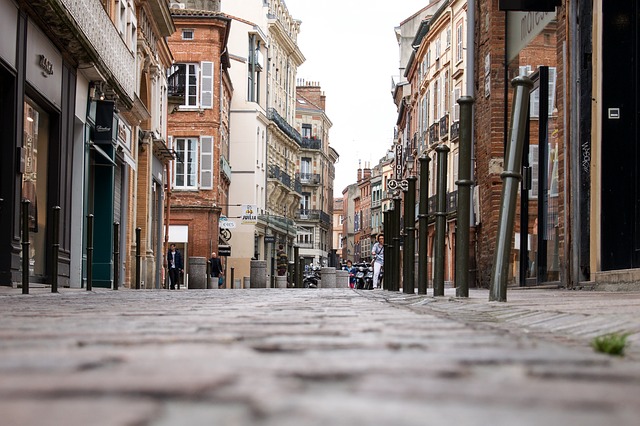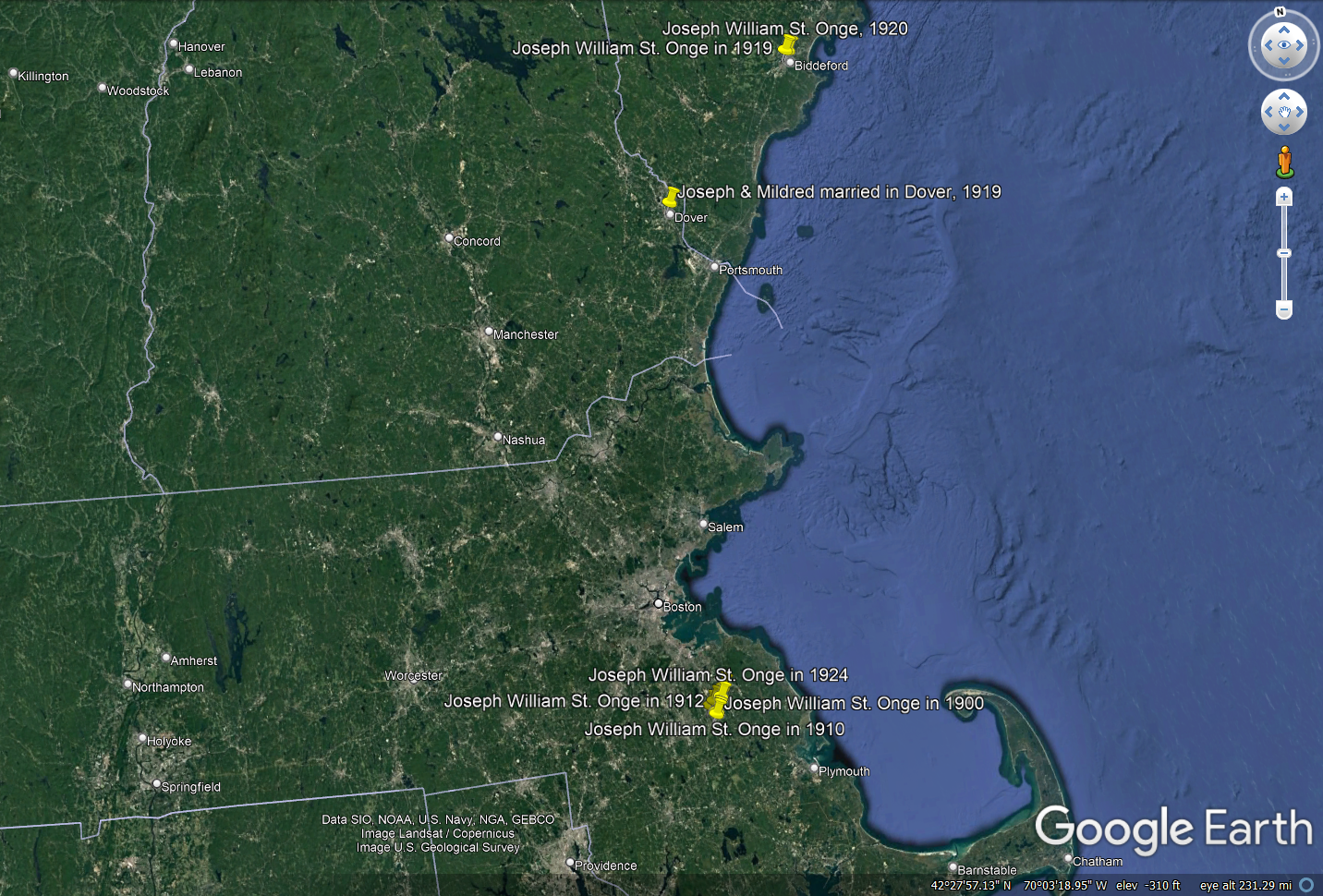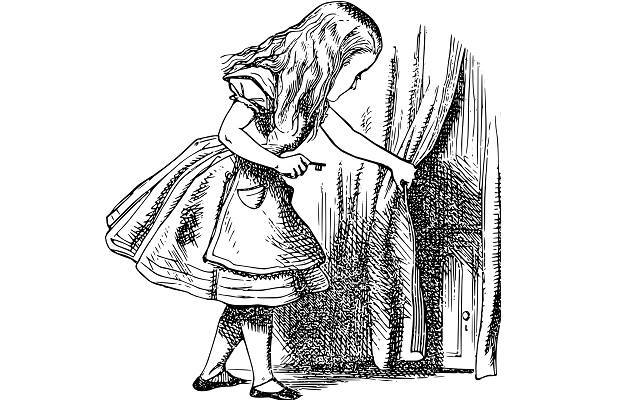This week’s topic is going to be a little all over the place for me, because religion may have played a major role in the lives of my distant ancestors, but I have few stories to tell. My father is somewhere between Atheist and Agnostic, so I grew up without any knowledge of religion until I was in ...
genealogy
52 Ancestors, Week 9: Females
I’ve spent so much time writing about my paternal side of the family for 52 Ancestors that this week offers the perfect topic to shift the focus to my maternal side. When DNA testing first emerged as commercially-available, I got an mtDNA test from Family Tree DNA. The autosomal testing was less ...
52 Ancestors, Week 7: Landed
When we break through a brick wall, it's not always one "Ah-ha!" moment that leads to the discovery we've been seeking. It's often a trail of clues that helps us find the one we need to prove a hypothesis, and that is what I would like to talk about in Week 7 of 52 Ancestors in 52 Weeks. When I ...
52 Ancestors, Week 6: Maps
I was a little stumped for 52 Ancestors in 52 Weeks, Week 6. The only idea that came to mind was how much I loved looking at maps as a child when we went on our annual summer vacation, usually to a campground in New Hampshire or Vermont. But I couldn't think of a genealogical context until my mother ...
52 Ancestors, Week 5: Branching Out
This week's topic for 52 Ancestors in 52 Weeks is "Branching Out" and I would like to look, not at my family, but people who were forced into a connection with my family: the people my ancestors enslaved. Richard Howett of Tyrrell County, North Carolina In a post from last year, I wrote about ...
52 Ancestors, Week 4: Curious
This week's theme for Amy Johnson Crow's 52 Ancestors in 52 Weeks is "Curious" and it took a few days to consider how I would delve into this. There are so many things I'm curious about, so many things I want to discover, but I think the main one is the name of my ex-husband's paternal immigrant ...





